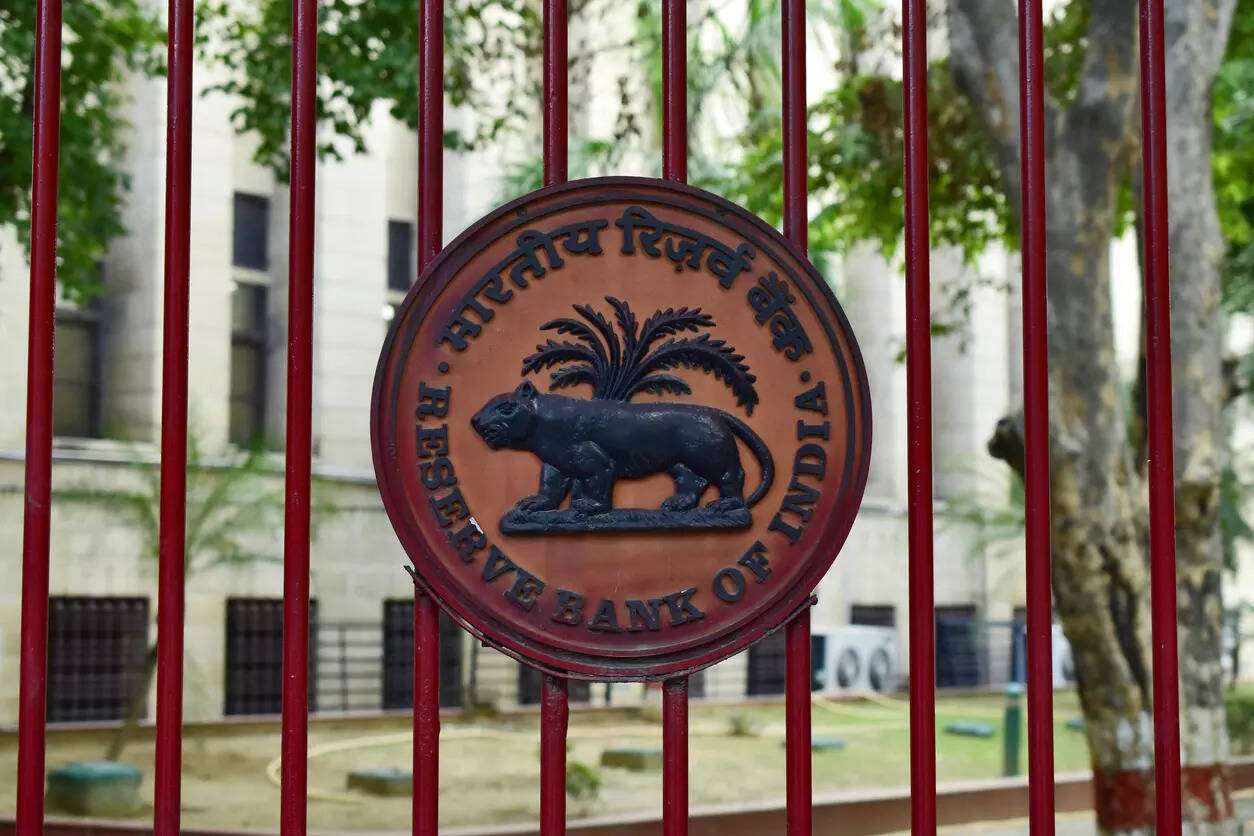
The RBI is re-examining how it targets inflation in its monetary policy. It has however made a strong case for continuing with existing targets. In a discussion paper released on Thursday, the RBI sought public feedback on four questions: should headline or core inflation guide policy; is 4 per cent still the right target; should the +/-2 per cent band be adjusted; and should the fixed 4 per cent midpoint be replaced by a simple range of 3-6 per cent. Responses are due by Sept 18th.
The review, due to conclude by March 2026, marks the second formal assessment of the flexible inflation-targeting framework since its adoption in 2016, and follows a global trend of central banks consulting more openly on policy.
The RBI’s verdict so far is that FIT has worked. Since 2016, average inflation has dropped to 4.9 per cent from 6.8 per cent in the pre-FIT years, while volatility has fallen from 2.3 per cent to 1.5 per cent. The framework proved resilient during the pandemic and again during the Ukraine war, when inflation breached the 6 per cent ceiling. In both cases the Monetary Policy Committee was able to shift priorities, first supporting growth, then moving to rein in prices.
The case for retaining headline inflation is strong. Food and fuel make up more than half of India’s consumption basket; ignoring them would make the index less representative.
RBI also argues that excluding food inflation would overlook the welfare of the poor, for whom food dominates household budgets. Persistently high food prices influence public expectations and can spill into core inflation.

